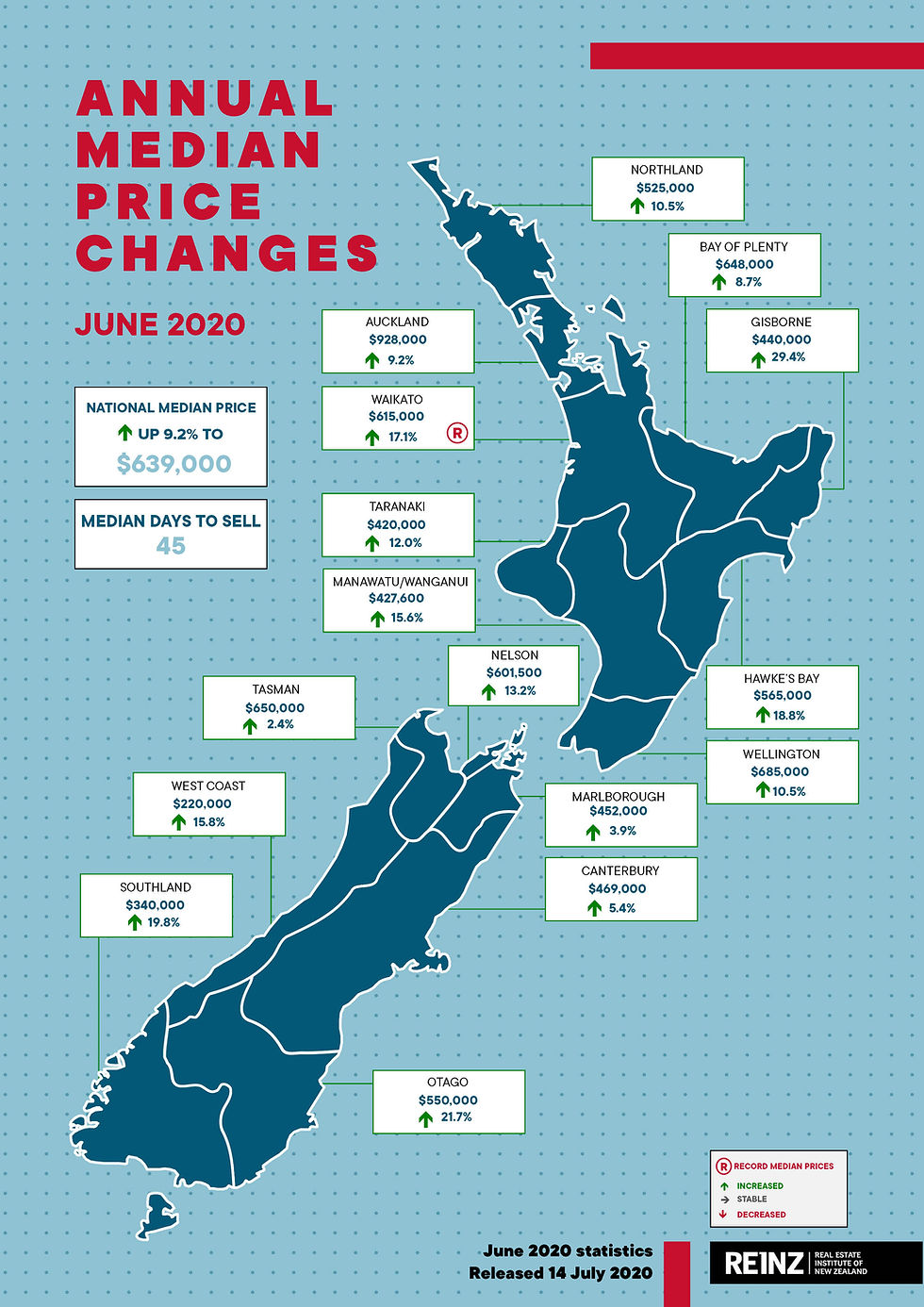Property: Deposit Recycling
- R&D Accountants

- Apr 5, 2020
- 3 min read
How can you build a large property portfolio with zero deposit tied down to the property? The answer: "Deposit Recycling!!"
An average investment property in Auckland requires a deposit of around a $150,000 - $300,000. So to get to your dream number, of say, 10 properties, do you need ~$2.5m cash deposit? Or is there an easier way?
In this article, we want to show how you can keep using the same $150,000 - $300,000 cash deposit over and over again to buy more and more properties and build your desired portfolio.
What is deposit recycling?
In its most basic form, it means taking out the deposit you have paid to purchase a property so you can "recycle" the deposit to buy your next property. And then, rinse and repeat, as you build your portfolio.
At the time of writing, the Reserve Bank of New Zealand (RBNZ) loan-to value (LVR) guidelines suggest that you could borrow up to 70% of the value of an investment property from a registered bank to fund your purchase. In other words, you need 30% deposit to make a purchase.
The concept of deposit recycling would mean that after you have purchased your property, you increase the value of the purchased property. Then you get the property revalued and refinanced by the bank. The bank would now be able to lend up to 70%* of the new property value. So now the bank is effectively funding the full original purchase price of the property, and you can get your initial deposit back to buy another property.
*subject to your bank's lending criteria.
Still unclear about how this works? Maybe the example below may help better explain the concept.
Example :
For the purpose of this example, let us assume LVR requirement of 70% and you meet the banks' lending criteria. Also assume you have starting capital (own cash) of $300,000**.
So, say you purchase a property worth $500,000. Using the above LVR requirements you paid a deposit of $150,000 and Bank A lends $350,000.
Next you spend an extra $150,000 to build a minor dwelling in the backyard.
So far you have spent a total of $300,000 of your own cash ($150,000 deposit + $150,000 minor dwelling).
Let's assume this 'dual-dwelling' property is now valued at $950,000. You go to Bank B and get a refinance loan. At 70% LVR requirement, Bank B lends you $665,000 against the new valuation of your property ($950,000 x 70% = $655,000).
You take the $655,000 from Bank B and repay the original $350,000 loan to Bank A. You now have $305,000 cash available to repeat the above process.
**Variation #1: there are many other ways of funding the minor dwelling development rather than using own cash. Therefore, you do not need $300,000 starting capital.
**Variation #2: Some banks and Tier 2 lenders provide funding for investment property purchases at greater than 70% LVR. Therefore, again you do not need such a large starting capital.

Disclaimer: The content of this blog or anything else on our website contains general information only and it should not substituted for financial advice or specific advice. R&D Accountants and Analysts (RDAA) Ltd do not accept any liability whatsoever relating to losses or damages arising from reliance on the contents of this blog or anything else on our website.
RDAA Ltd strongly recommend that before a reader undertakes or implements any financial, investment, taxation or business decision flowing from information or content of this blog or anything else on our website, they procure professional advice from a suitably qualified adviser, on which they may rely on their specific opinion. Such advice should be comprehensive in character and appropriate to the individual's personal circumstances and financial affairs.



Comments